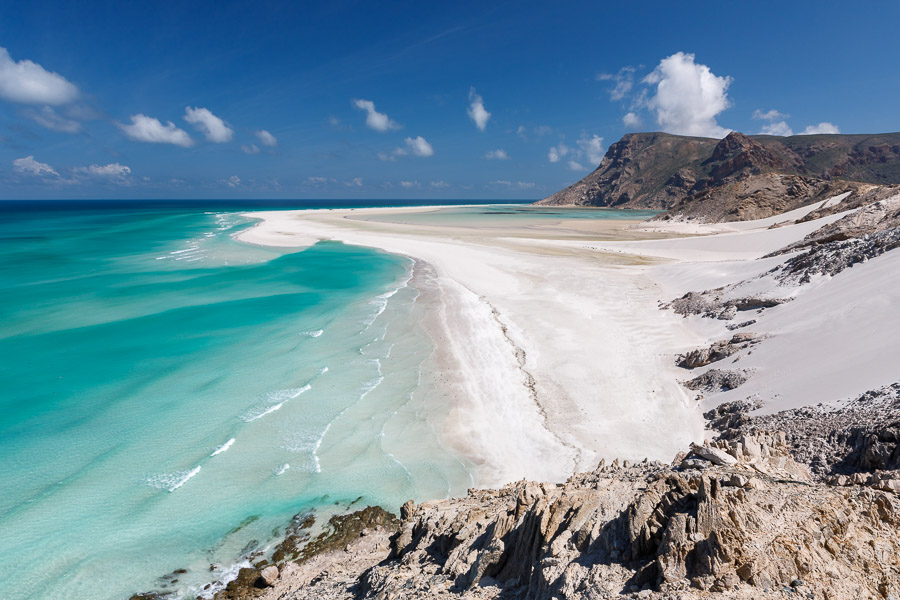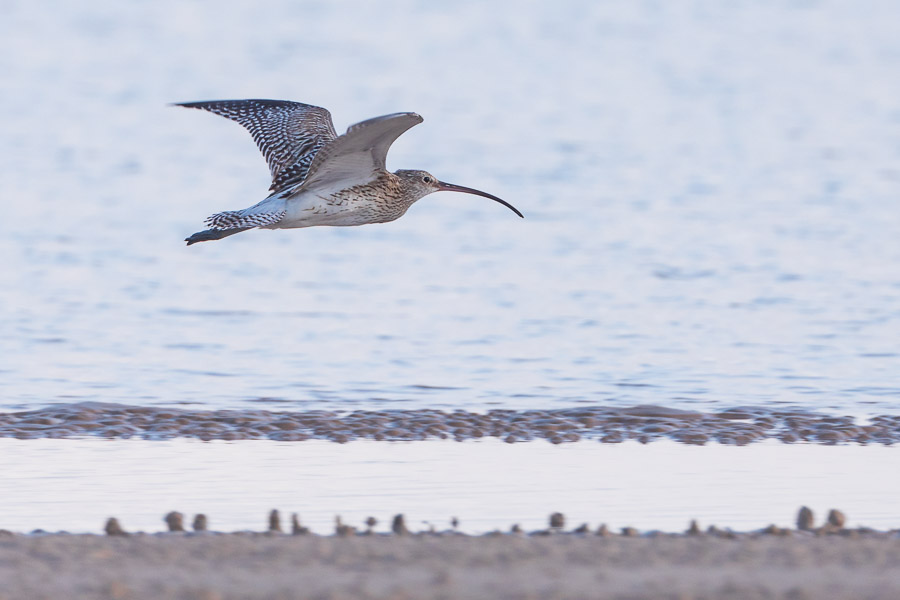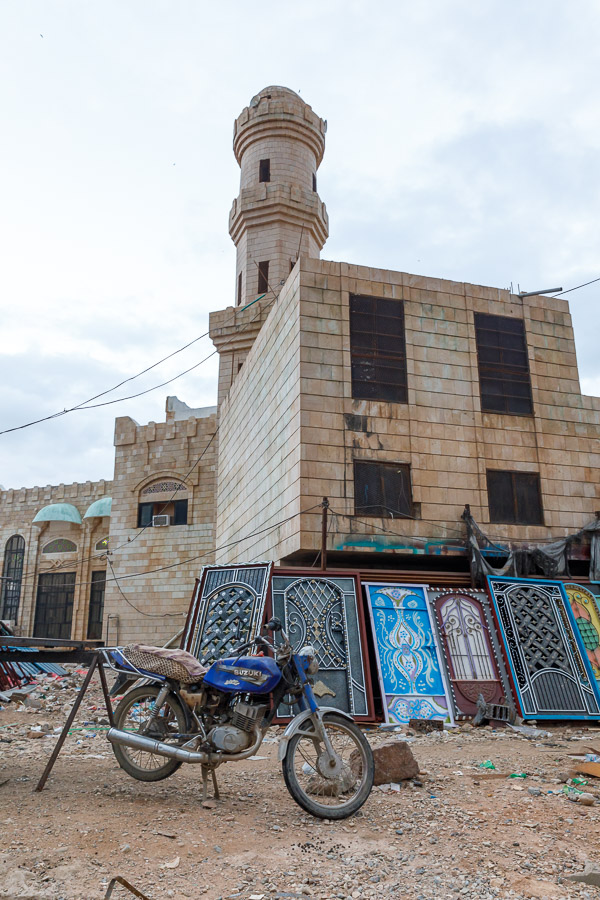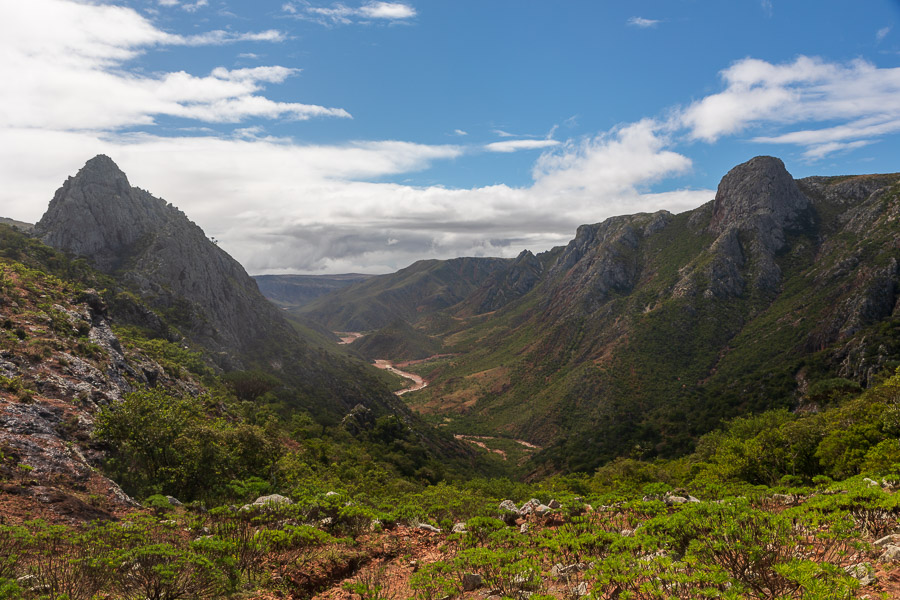As we look to publish the world’s first guidebook to Socotra, we asked co-author Janice Booth to give us the lowdown on this remote Yemeni island. Click here to visit our Crowdfunder page.
Where is Socotra?
Socotra (also spelt Soqotra) is the largest of the four islands in the Socotra Archipelago, approximately 230km east of the horn of Africa and 350km south of mainland Yemen, with its northern coast in the Arabian Sea and its southern coast in the Indian Ocean.

So, although it belongs to Yemen, it’s in fact closer to Somalia. At around 135km long and 42km wide, it has roughly the same surface area as Cornwall – but, compared with Cornwall’s 566,000 inhabitants, Socotra has fewer than 80,000.
How do you get to the island?
Before the Covid-19 lockdown there was one flight a week (by Yemenia Airways) from Cairo to Socotra, stopping briefly to drop or pick up passengers at Seiyun on the Yemeni mainland. That has since stopped running, however, and we don’t yet know if it’ll resume the same route afterwards. Before lockdown, the plane returned from Socotra to Cairo on the same day it went out, so your stay needed to be in multiples of one week.

The tourist season is quite short, roughly from October to May. Between June and September the weather is horrible: monsoon rain, strong winds, thunderstorms and even sometimes cyclones.
What is there to see and do?
Socotra was designated a UNESCO World Heritage Site in 2008 because of its exceptionally rich flora and fauna, much of which is endemic (ie: found nowhere else apart from Socotra). So it’s wonderful for natural-history buffs of all kinds, particularly botanists (the dragon’s blood trees are amazing) and birdwatchers – as well as photographers, because the views are fantastic. For hardy souls, camel-assisted trekking in the mountains is available.

There are also huge sandy beaches, and snorkelling is good on calm days but the weather can be variable. The island has just about every kind of terrain, somehow squeezed into a small space – craggy mountains, plateaux, sand-dunes, lagoons, desert, caves, cliffs, forest, beaches, valleys – if you do an internet search for Socotra, lots of tempting pictures will pop up.
Are there any facilities for tourists?
The capital, Hadiboh, is small but does have some all-purpose shops, banks and currency-exchange facilities, a handful of café/restaurants, a market and a hospital. There’s one simple but comfortable hotel (it gets very busy), plus three more basic ones and (just outside the town) an ‘eco-lodge’ with a few rooms and a camping space. Otherwise you’ll be camping at night, whichever place you’re visiting, which does save driving to and from Hadiboh each day.Your tour operator will provide tents and equipment, and the campsites are in beautiful locations but mostly have no facilities.

There’s no organised entertainment (except possibly climbing a giant sand-dune and then sliding down again? Or watching ghost crabs scuttle across the sand? Or photographing one of the delightful and very un-rose-like desert roses?); Socotra is just about nature, pure, simple and very, very beautiful.
Is it safe to visit?
Yes. The violence on mainland Yemen has, so far, never spread to Socotra, and the people are friendly to visitors.
Can you travel independently?
Not really. You need to arrange your trip through a tour operator. You can’t get a plane ticket without having a visa, and these can only be issued by tour operators based on the island or via international tour operators who work with them. So you can either join a scheduled group tour or (if you’ve read our book and know which parts of the island you want to visit!) ask the operator to design a tailor-made itinerary for you.

In any case you’ll need them to provide a vehicle and driver/guide for you while you’re there – remember that Socotra is a vulnerable World Heritage Site with a lot of protected areas, so for reasons of conservation visitors can’t wander unrestrictedly. We’ll include a list of operators in the guide once it is published, or you can find them online.
Where can I get more information about the island?
A good general website with a wide range of information for visitors is that of Friends of Soqotra. Aside from that, just doing a search for ‘Socotra tourism’ or ‘Socotra birds’ will bring up an assortment of information. Be aware, though, that the websites of some local tour operators are still showing 10-year-old information among the more up-to-date details!
Help us to fund the world’s first guidebook to Socotra
You can help crowdfund Hilary and Janice’s guidebook to Socotra by visiting their Crowdfunder page. All donations are welcomed and various ‘rewards’ are on offer, from your name in print to a discount off a trip to the island.